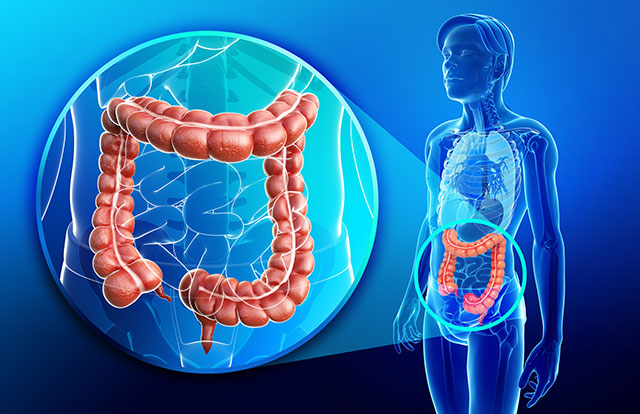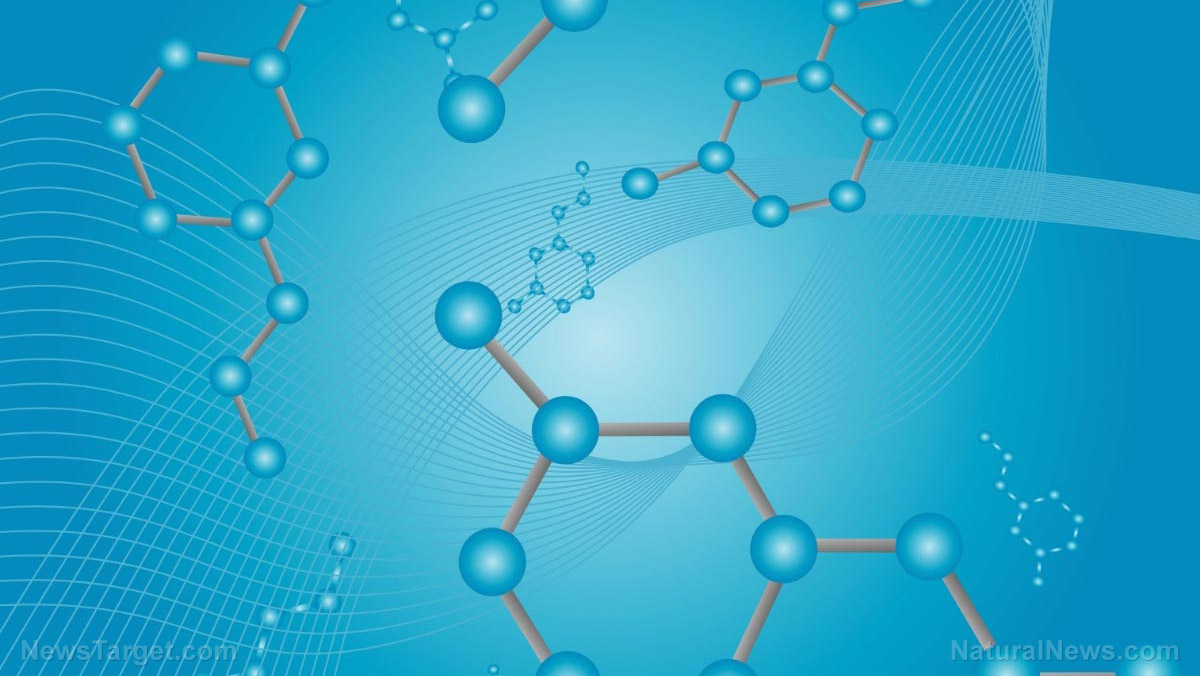This protein is key to why more women suffer from migraines
07/25/2019 / By Stephanie Diaz

According to data from various countries, women are more likely to suffer from migraine than men. For decades, this statistic has baffled scientists; but early this year, new information has come to light that could explain why women are more susceptible to migraine attacks than men. In a new study published in The Journal of Neuroscience, researchers from The University of Texas at Dallas (UTD) report that calcitonin gene-related peptide (CGRP), a molecule that plays a major role in migraine, has pain-related activities that occur only in females. Their experiments also reveal the specific parts of the body where these migraine-related activities take place.
CGRP has female-specific activities
According to the researchers, the migraine-related activity of CGRP occurs in the meninges – three layers of tissue that surround the brain and the spinal cord. The meninges are comprised of the dura mater, the arachnoid mater, and the pia mater. Their functions are to protect the brain and spinal cord from injury, provide blood to the skull and to the hemispheres, and provide space for the flow of cerebrospinal fluid.
When the researchers introduced CGRP to the meninges, specifically the outermost layer called the dura mater, they observed that it triggered pain responses only in female rats. Different doses of CGRP produced no response in male rats. Injection of CGRP in the paws of the rodents also elicited pain responses from females but no response from males.
The researchers observed a similar pattern when they repeated the experiment using male and female mice. These findings suggest that the hypersensitivity to pain induced by CGRP is female-specific and that the meninges, specifically the dura mater, is a potential site of CGRP activity that results in migraine.
“This is just the beginning of demonstrations showing that CGRP might act differently in women,” said Dr. Gregory Dussor, an associate professor of neuroscience at UTD and one of the study authors. However, Dussor cautioned that despite what their results imply, the reason for migraine being more prevalent in women may involve more than just CGRP having female-specific activity.
“CGRP plays a role in migraine, [but] this does not imply that migraine is exclusively a CGRP-based disorder,” he explained.
Dussor and his team believe that “the female-specific mechanisms downstream of CGRP receptor activation contribute to the higher prevalence of migraine in women” and that more research is needed in order to shed light on these mechanisms and what they entail.
CGRP and CGRP-based medications for migraine
CGRP is a molecule produced by neurons found in the brain and the spinal cord. It is involved in the transmission of pain and also acts as a vasodilator, which relaxes blood vessels. Various forms of CGRP exist in different parts of the body and perform different functions. Because of CGRP’s diversity, CGRP-based medications intended for migraine are specifically designed to target only the neurons or blood vessels involved in migraine. (Related: Migraine headaches – how to cure and prevent them naturally.)
CGRP-based medications for migraine prevent the molecule from being activated at the start of migraines. These CGRP antagonists — substances that block or reduce the molecule’s activity — come in the form of monoclonal antibodies. Antibodies are protective proteins produced by the body in response to infections. They are very specific and work by either binding to their target proteins or by binding to these proteins’ receptors to inhibit any downstream activity. Monoclonal antibodies are made from the same genetic material and are produced over and over in living cell cultures.
Monoclonal antibodies customized to be CGRP antagonists work in two ways: They either block CGRP receptors on blood vessels or bind to CGRP itself so that the molecule cannot fit into its receptor site. Through this inhibition, CGRP antagonists prevent the cascade of signals that eventually leads to migraine. However, while CGRP anatagonists can reduce the pain caused by migraine, they have been found to cause serious side effects, such as liver toxicity.
To learn more about migraine and natural remedies for migraine, visit Brain.news.
Sources include:
Tagged Under: brain function, brain health, breakthrough, calcitonin gene-related peptide, central nervous system, CGRP, CGRP antagonists, chronic daily migraines, discovery, headaches, meninges, migraine, migraine medications, migraine symptoms, monoclonal antibodies, nervous system, neurological disorder, pain relief, pain response, pain responses, research, women's health
RECENT NEWS & ARTICLES
HealthScience.News is a fact-based public education website published by Health Science News Features, LLC.
All content copyright © 2018 by Health Science News Features, LLC.
Contact Us with Tips or Corrections
All trademarks, registered trademarks and servicemarks mentioned on this site are the property of their respective owners.



















